The Values of Peace , Compassion and Harmony of Truc Lam Buddhism
The Yen Tu - Vinh Nghiem - Con Son and Kiep Bac relic and scenic complex has just been officially recognized by UNESCO as a World Cultural Heritage, affirming the unique value of Truc Lam Buddhism.
The Yen Tu - Vinh Nghiem - Con Son, Kiep Bac relic and scenic complex, with Truc Lam Buddhism as its core, was founded in the 13th century by the Tran Dynasty kings, especially the role of Buddhist King Tran Nhan Tong. According to the Ministry of Culture, Sports and Tourism, originating from the sacred Yen Tu mountain landscape, Truc Lam Buddhism represents a philosophical system and the spirit of tolerance and altruism of Buddhism. Truc Lam Buddhism is also a testament to the harmonious combination of Mahayana Buddhism with Confucian ethics, Taoist cosmology and indigenous beliefs of Vietnam.
The ideological and cultural values of Truc Lam Buddhism are completely consistent with UNESCO's basic goals in maintaining and enriching the common values of humanity: Education, building a culture of peace; spirit of autonomy, harmonious combination between humans and the natural world, respecting the laws of nature.
Through temples, hermitages, pilgrimage routes, stone steles, woodblocks and relics carefully preserved over a large area from Yen Tu to Vinh Nghiem and Con Son, Kiep Bac, this complex fully reflects the stages of development of Truc Lam Buddhism, from its establishment and institutionalization to its revival and continued spread of creative and humanistic values. These relic sites were formed many centuries ago, always showing continuous development, playing the role of religious and spiritual cultural centers; being pilgrimage destinations for millions of tourists each year; being evidence of the unique combination between the State, religion and people in the formation of Vietnamese national identity.
Permanent Deputy Minister of Foreign Affairs Nguyen Minh Vu, Chairman of the Vietnam National Commission for UNESCO, emphasized that the recognition of Yen Tu - Vinh Nghiem - Con Son, Kiep Bac as World Cultural Heritages shows the international appreciation for the value of this complex of relics and landscapes and the humanistic and peaceful thoughts of Truc Lam Buddhism, as well as Vietnam's efforts in protecting the complex of relics and landscapes.
The natural magnificence and special scientific value of Phong Nha - Ke Bang
By registering for the second time on the World Heritage List, UNESCO once again affirms: Phong Nha - Ke Bang is one of the rare lands that converges both the majestic beauty of nature and special scientific value - a "green gem" that needs to be preserved for future generations.
Statue of Bodhisattva Avalokitesvara in front of Phong Nha cave. (Photo: Phong Nha-Ke Bang Tourism)
Previously, in 2003, Phong Nha - Ke Bang National Park was recognized by UNESCO as a World Natural Heritage for the first time, based on criterion (viii) of geology - geomorphology. The majestic cave system, with hundreds of large and small caves, notably Son Doong Cave - the largest natural cave in the world discovered in 2009, has opened up a mysterious world, evoking curiosity and admiration from the scientific community and international tourists.
However, not stopping at the special geological values, in the process of research and conservation, scientists have discovered many more unique and rare biological values of the ecosystem here. On that basis, the Vietnamese Government issued Decision No. 1062/QD-TTg on July 5, 2013, expanding the area of the National Park from 85,754ha to 123,326ha, creating the foundation for the second nomination to UNESCO.
The expanded dossier was elaborately built with the participation of many scientists and conservation experts at home and abroad. As a result, at the meeting in Bonn, UNESCO recognized Phong Nha - Ke Bang as a World Natural Heritage for the second time, this time based on three criteria: Geological and geomorphological value: The ancient limestone area formed in the Devonian period more than 400 million years ago, the complex cave system reflects the long-term geological evolution process, with unique traces of tectonic processes and natural transformation; Ecological and biological processes: The primary tropical rainforest ecosystem and the biological system in the caves create a unique habitat, with the presence of many endemic and rare species of flora and fauna; Biodiversity: The National Park is home to more than 2,700 species of plants and about 800 species of animals, including hundreds of species that are threatened with extinction, recorded in the IUCN Red List.
The second inscription is the result of the synchronous coordination between many functional agencies. The Ministry of Culture, Sports and Tourism, the Ministry of Agriculture and Rural Development, the Vietnam National Commission for UNESCO, the National Council for Cultural Heritage, the People's Committee of Quang Binh province and many domestic and foreign scientific organizations have continuously researched, preserved and managed the heritage.
Along with that are the efforts of the local community - where people are gradually becoming aware of their role in protecting the "natural treasure" of their homeland. Ecotourism activities are strictly controlled; measures to prevent forest fires, protect wildlife, restore primeval forests... have contributed to maintaining the integrity and originality of the heritage.
Not only a scenic spot, Phong Nha - Ke Bang has also become a vivid symbol of the connection between humans and nature, between sustainable development and long-term conservation. Today's achievements are not simply honorable titles, but also open up opportunities for the development of green tourism, environmental education and deeper international cooperation.
According to Associate Professor, Dr. Le Thi Thu Hien - Director of the Department of Cultural Heritage, Standing Member of the National Cultural Heritage Council, Head of the Vietnamese expert group participating in the World Heritage Committee, said: "In the coming time, to effectively manage the transboundary World Heritage between Vietnam and Laos, the two sides need to continue to promote the implementation of scientific research topics and establish operational methods to deal with risks affecting the heritage; assess tourism capacity in accordance with the capacity and ecological capacity of resources in the overall Phong Nha - Ke Bang National Park and Hin Nam No National Park. The Vietnamese side can support the Lao side to improve the capacity to develop legal regulations in the management, protection and promotion of the value of World Heritage in general, and Hin Nam No National Park in particular".
Bao Chau
Source: https://baophapluat.vn/doc-dao-hai-di-san-van-hoa-thien-nhien-vua-duoc-the-gioi-cong-nhan.html


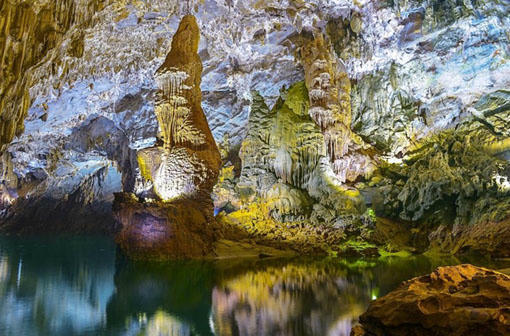
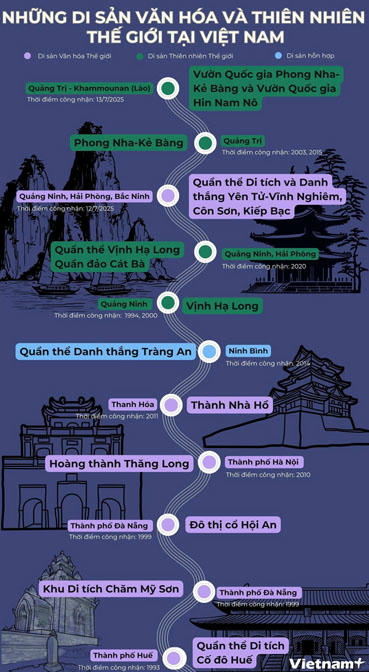
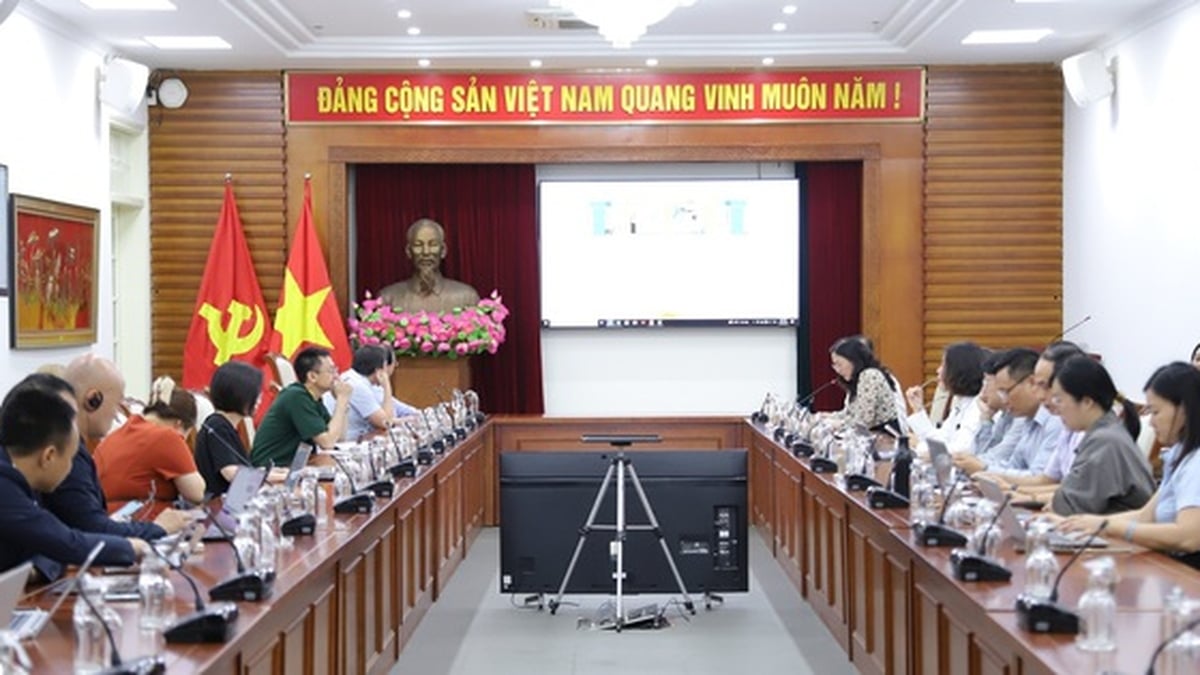
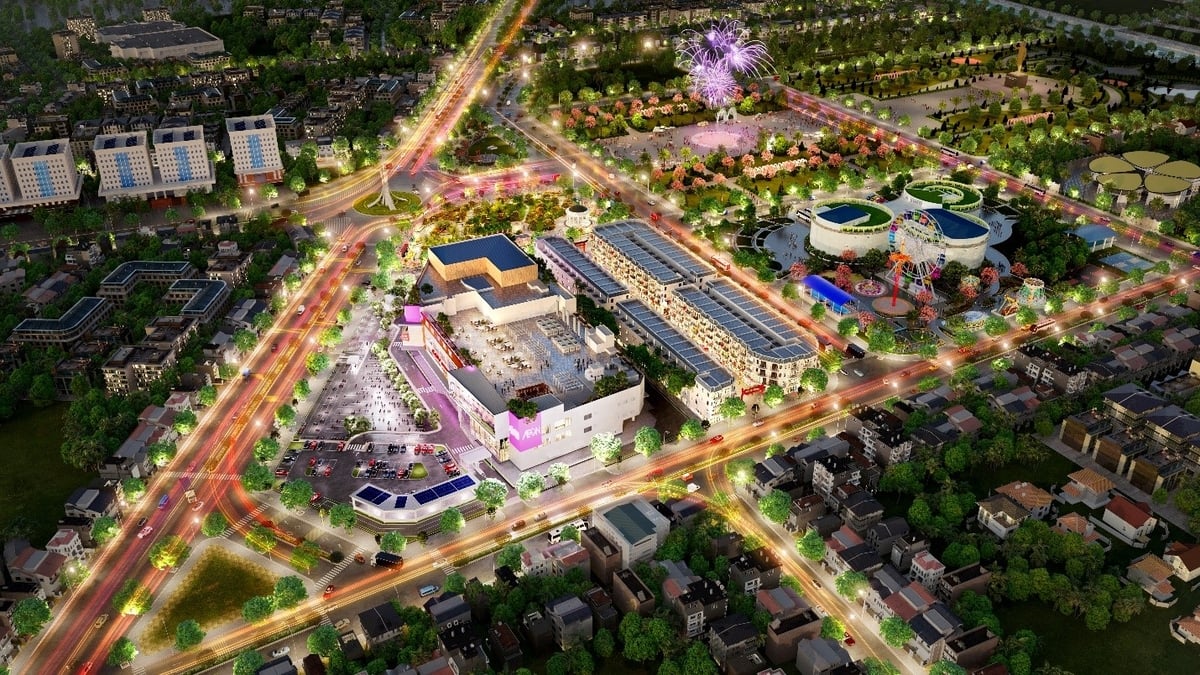

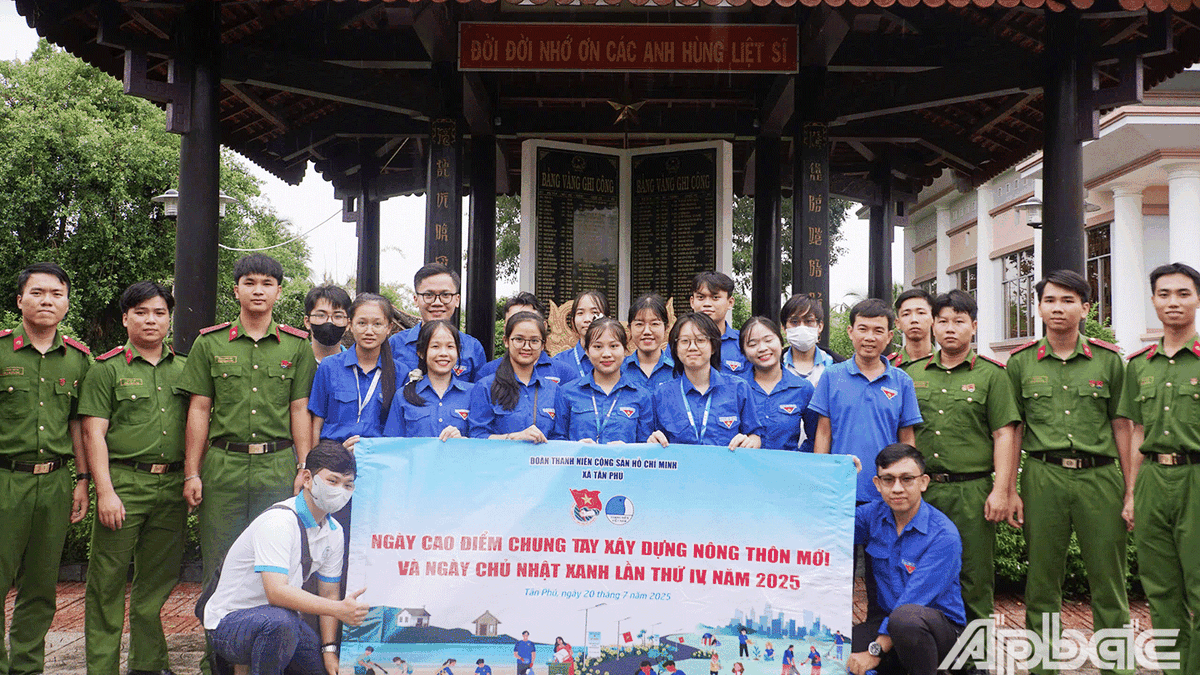
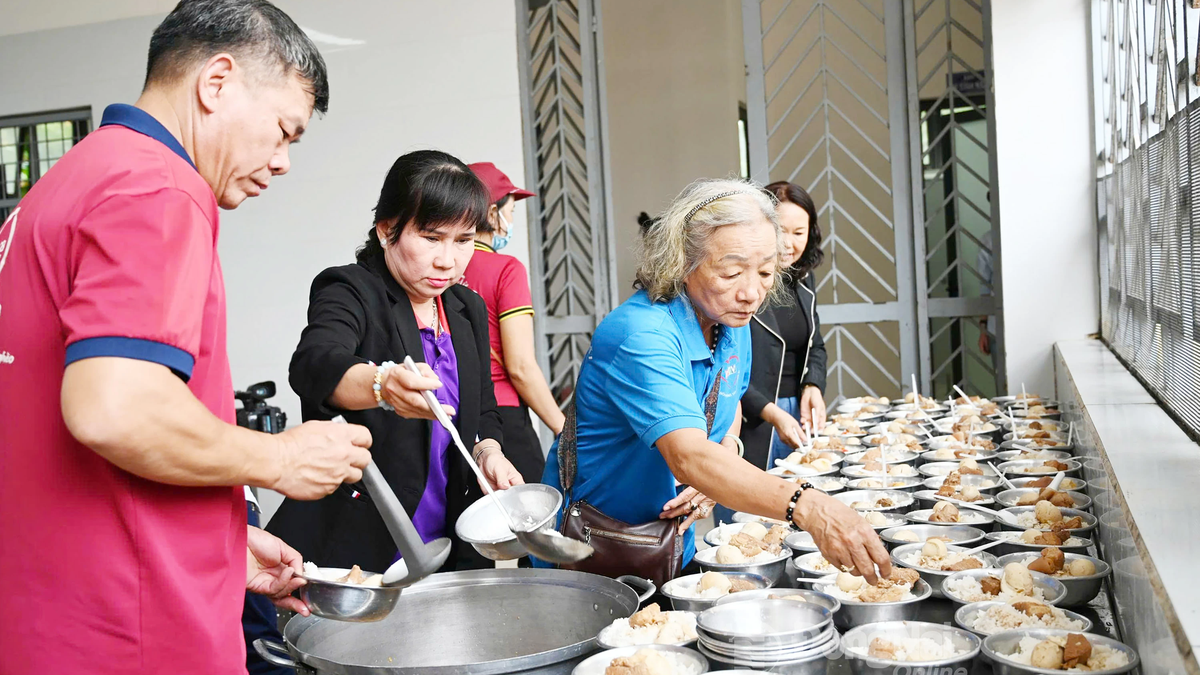
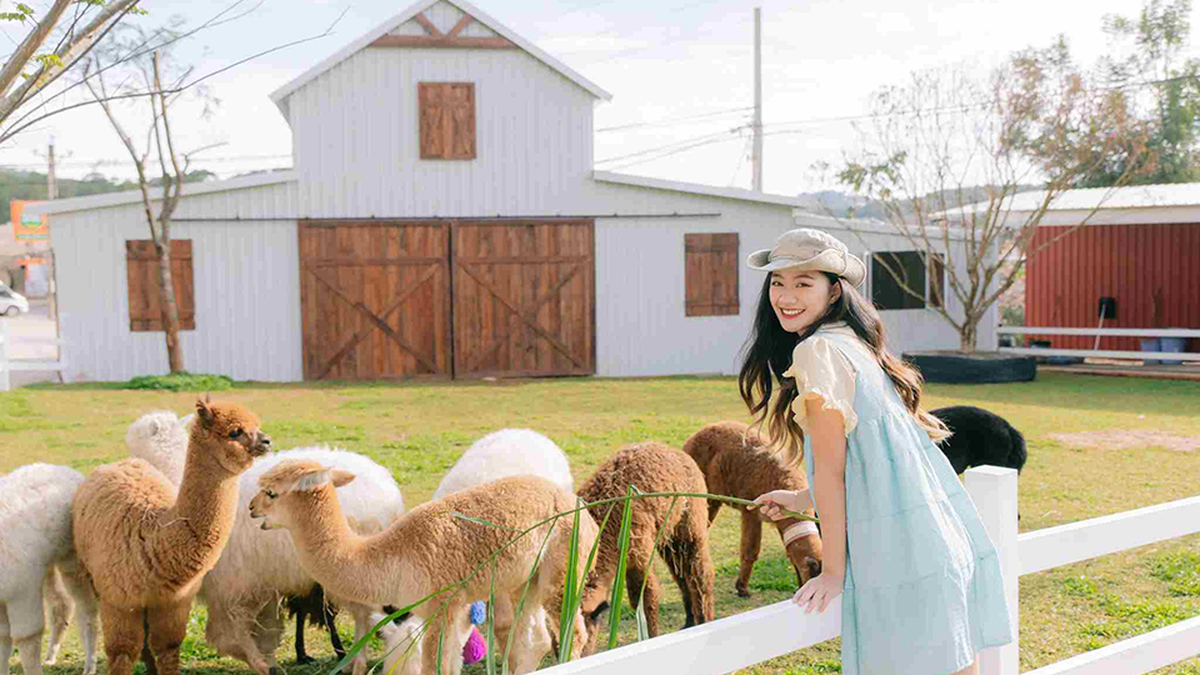



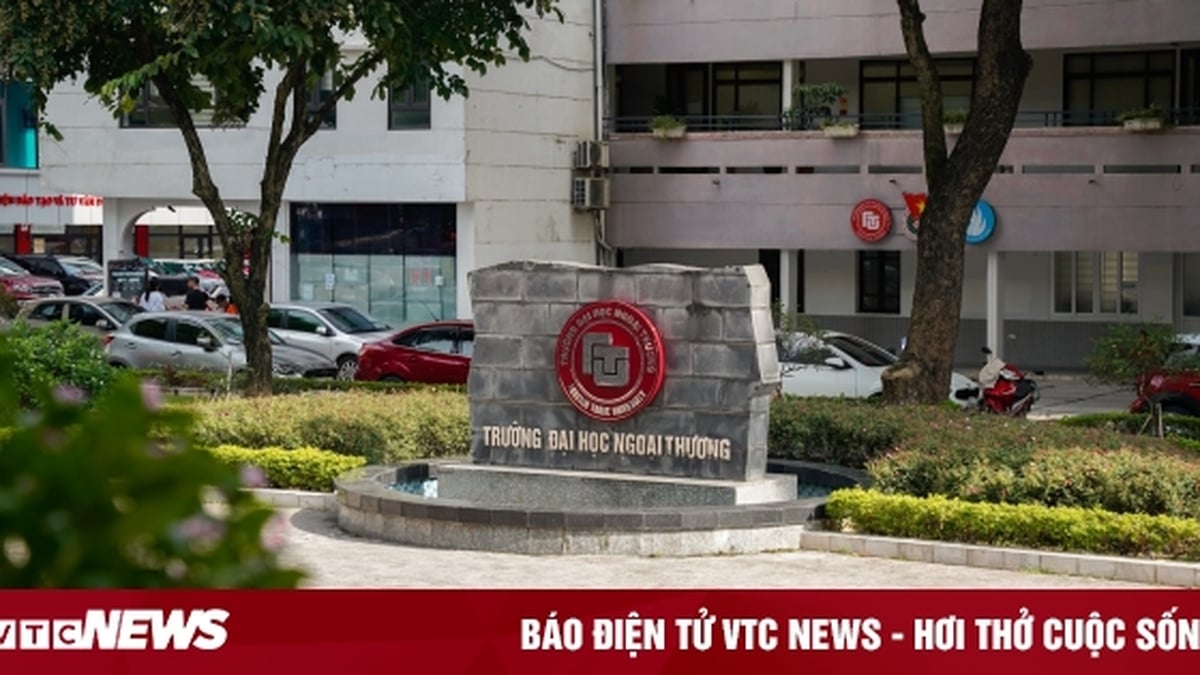














![[Photo] National Assembly Chairman Tran Thanh Man visits Vietnamese Heroic Mother Ta Thi Tran](https://vphoto.vietnam.vn/thumb/1200x675/vietnam/resource/IMAGE/2025/7/20/765c0bd057dd44ad83ab89fe0255b783)








































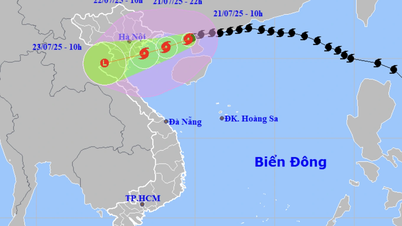



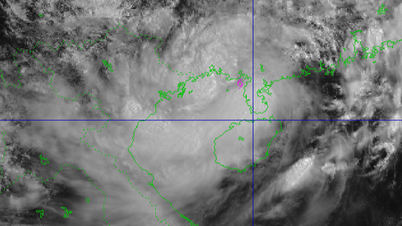



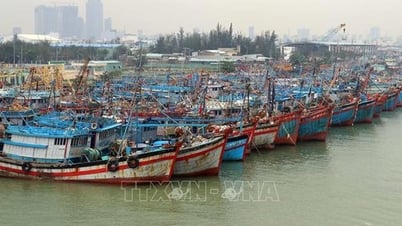
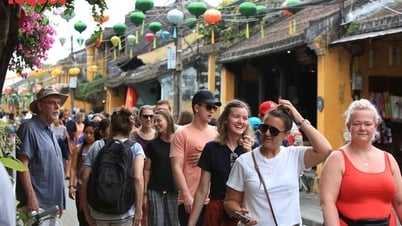
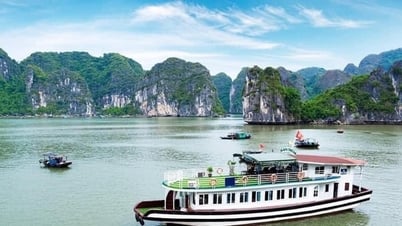
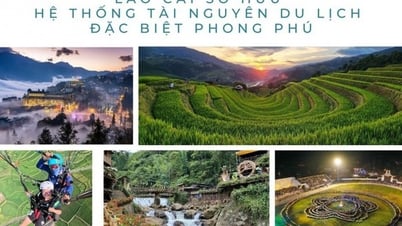























Comment (0)